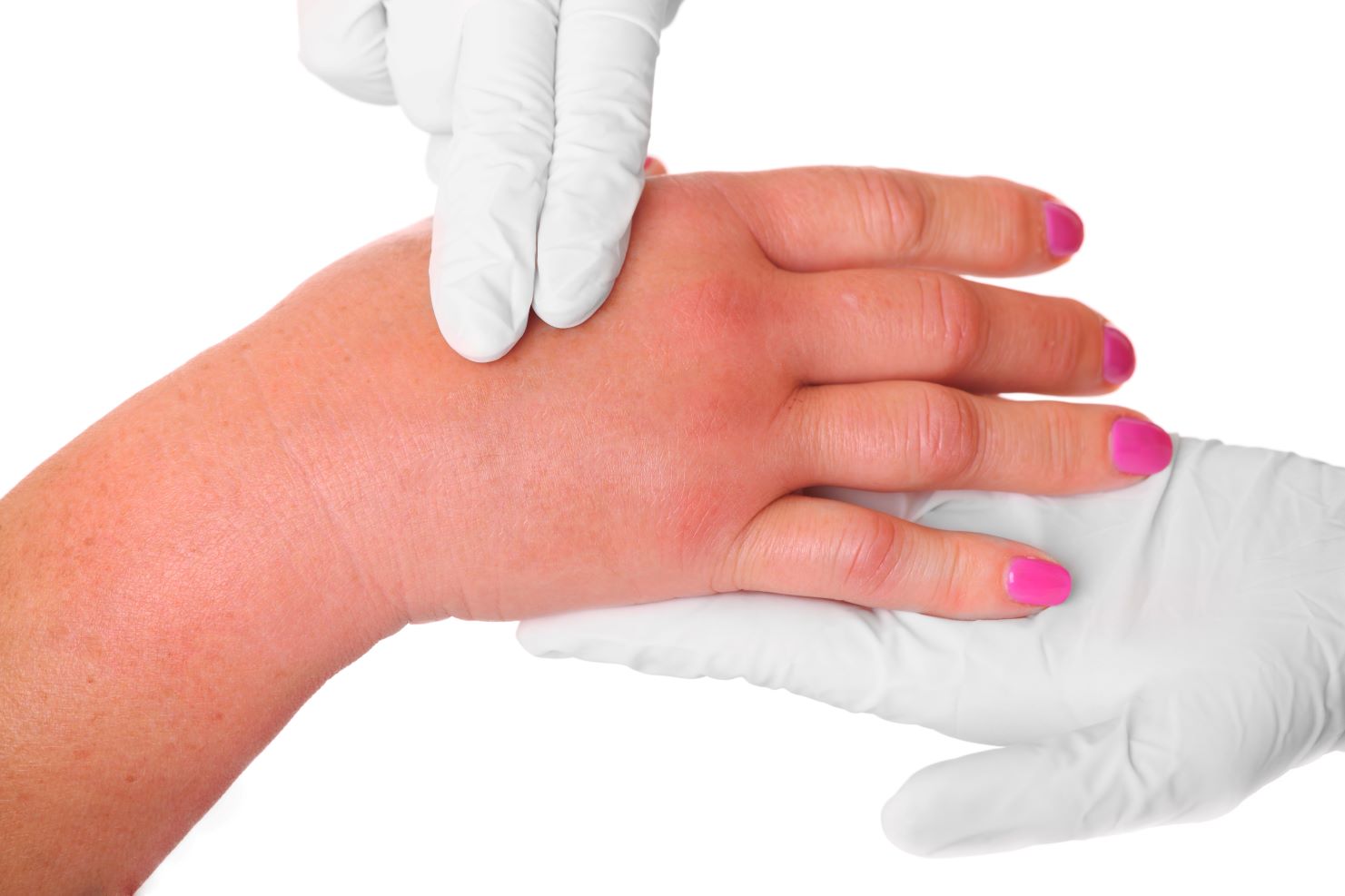On a warm spring evening in 2016, a thunderstorm struck Melbourne with unexpected consequences. Within hours, local emergency departments were overwhelmed by more than 14,000 people – not suffering from electrocution or damage from falling branches or wind-blown debris, but from chronic and often life-threatening asthma. And strangely enough, many sufferers were either mild asthmatics or had never suffered from asthma before that night.
It was, to this date, the world’s worst epidemic of thunderstorm asthma. And when the storm was over, seven men and three women between 18 and 57 had died from it.
What Is Thunderstorm Asthma?
Thunderstorm asthma is when a spring thunderstorm in hot weather causes aggravated asthma symptoms on a wide scale – even in those with no prior history of asthma. Although the 2016 Melbourne storm continues to be the worst incident on record, it’s been known to occur in other parts of Australia, England, Italy, the United States and Iran.
Incidents generally occur in spring, in hot weather, and obviously during a thunderstorm.
What Causes Thunderstorm Asthma?
Thunderstorm asthma is caused by pollen particles – most commonly ryegrass pollen – which atmospheric conditions have caused to swell up and burst open into tiny microscopic fragments. These particles are so small that, unlike normal pollen grains, they slip past the body’s standard mechanisms to screen airborne particles and end up deep in the lungs. This quickly begins to aggravate the lungs and can trigger asthma attacks.
Existing asthma sufferers can be at significant risk from this, but even those not currently suffering from asthma can be affected. It’s believed such people are most likely previous or undiagnosed asthma sufferers or people who suffer from hay fever.
Scientists still have many questions about exactly what factors trigger a thunderstorm asthma event. They don’t happen every year, and much of the research has only happened since the 2016 Melbourne storm. But it’s known that some of the factors include active pollen (hence it’s predominantly a springtime issue), warm weather, humidity, and a thunderstorm to trigger the event. As such, asthmatics and hay fever sufferers in cities prone to thunderstorm asthma are warned to show caution over October to December. Keep an eye on pollen counts, use preventer medication if you have any, and keep a reliever inhaler somewhere handy.
Thunderstorm Asthma – What To Do
If you’re someone prone to asthma or respiratory issues and you find yourself suffering from breathing difficulties during a thunderstorm, it’s something to take seriously. Some wise precautions include:
- Make sure you have a reliever inhaler (one of the blue or grey asthma inhalers) handy if you have one.
- Stay inside a building or car where possible, particularly during heavy winds.
- Close doors and windows to limit airflow from outside
- If you’re in a car, make sure you set the air vents to recirculate the air – especially if you’re using the air conditioner.
- If you’re in a building, try only to run air conditioning that recirculates air (if in doubt, maybe don’t use the aircon).
Note that face masks offer little or no protection from Thunderstorm Asthma pollen grains.
If you find yourself suffering severe asthma symptoms during a thunderstorm – chest tightness, wheezing, shortness of breath, or coughing – use reliever medication such as a Ventolin inhaler where possible. If your symptoms worsen, consider getting medical assistance promptly – asthma symptoms can intensify rapidly and can potentially be life-threatening.
It’s worth knowing that while using medication for a condition you haven’t been diagnosed with is normally very unwise, asthma relievers such as Ventolin are relatively safe for someone without asthma. So if you’re genuinely struggling to breathe, a reliever inhaler might provide some short term emergency relief. You may experience an elevated heart rate and feelings of shakiness, though.
@firstaidproau How to use an inhaler spacer correctly! ##asthma ##fyp ##foryoupage ##firstaid ##learnhow ##tiktoktaught ##tips ##facts ##education ##inhaler ##spacer
♬ Trending upbeat corporate sound ♪ - 3KTrack
Who can I get to help in a Thunderstorm Asthma emergency?
In a large-scale emergency like a thunderstorm asthma epidemic, it might be challenging to find help for someone struggling with Asthma symptoms – especially if they’ve come on rather rapidly. In such cases, you might be searching for anyone in the area who can help. Medical professionals would obviously be your first port of call – a doctor or nurse near to hand.
It’s also worth knowing that teachers and childcare professionals may also be able to help. As part of their professional requirements, they need to be professionally trained in first aid, which must include asthma training. This can consist of a standard first aid training course with anaphylaxis and asthma training done separately, but it’s more common to do the full, official teacher/educator training – known as HLTAID012 Provide First Aid in an Education and Care Setting. This means any teacher or childcare worker in your area will know how to recognise signs of an asthma attack, provide care, and help administer asthma medication to both adults and children.
They’re also required to keep their skills up to date, refreshing their skills every few years with an RTO such as First Aid Pro – meaning they will have done their training (or a refresher) no more than three years ago. A handy thing to know if someone’s suffering a potential asthma attack.







